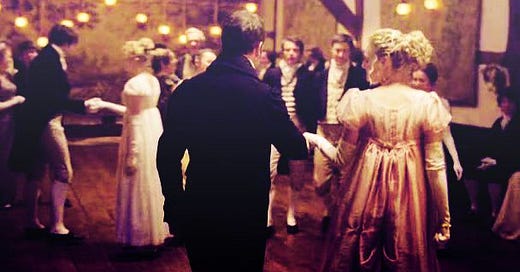If there’s a reason why chivalry is proverbially “dead,” it’s because the ideal has been drained of its vitality and reduced to mere manners. We mostly forgot all that stuff about an honor code for the devout aristocratic fighting man and fixated instead on holding doors open for ladies and giving up your seat on a train—so a modern man is “chivalrous” …
Keep reading with a 7-day free trial
Subscribe to The Chivalry Guild Letters to keep reading this post and get 7 days of free access to the full post archives.




